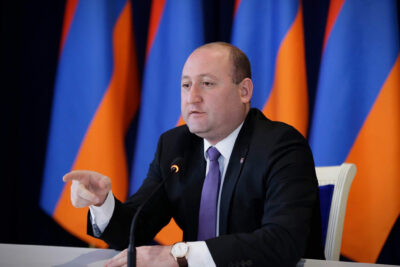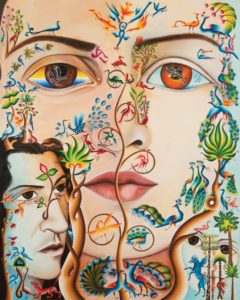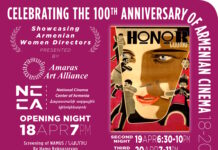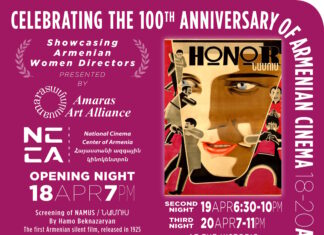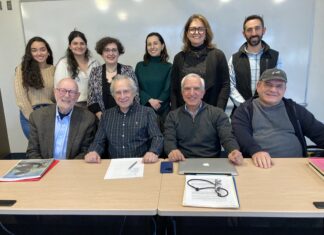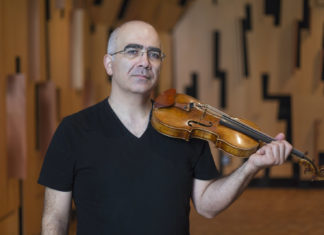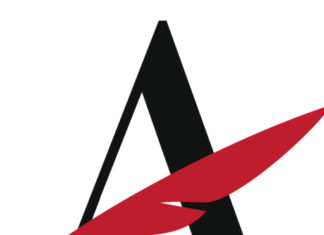By Christine Soussa
GLENDALE — There are many opportunities for Armenians to unite, especially as we prepare for the Armenian Genocide Centennial. One such opportunity was beautifully displayed on the morning of the first day of 2015 as the American Armenian Rose Float Association Inc. debuted their first float in the 126th Tournament of Roses Parade, titled “Cradle of Civilization,” which won the President’s Trophy.
When looking at the float, my eyes were immediately drawn to a beautiful tree, a three dimensional representation of an illustration by Seeroon Yeretzian titled “Pomegranate Tree” known as the “Tree of Life” on the float. I met with Seeroon and was instantly moved by her strength, vibrant personality, dynamic background and all she has done to bring together our community. Seeroon’s artwork represents power, energy and strength of mind. She suffers from Amyotrophic Lateral Sclerosis (ALS) also known as Lou Gehrig’s disease, a progressive neuro-degenerative disease. It results in difficulty speaking, swallowing and eventually breathing. Even in her severe condition, she manages to crack jokes and her willpower, love for beauty and expression are captivating.
When I first entered Roslin Art Gallery to meet Seeroon in Glendale, I was moved by the power of her artwork. Her pieces truly stimulate the senses; some pieces showcase dark imagery, while others are vibrant in color. The obscure pieces have commanding features and signature elements include nudity, eyes, skulls and children. The more vibrant paintings include animals and gorgeous intricate lifegiving and religious symbols like the sun, flowers, peacocks and pomegranates. Seeroon says, “My works are Sunshine and Moonshine. The gloomy pieces are about the Armenian Genocide and human suffrage. The theme of bodies and heads represent the displacement of the Armenian people. While we may have been displaced, we still carry on. The Sunshine pieces, I typically did during the day at the gallery. They represent the ability for us to carry on and rise to success, knowledge and beauty. The darker art, I would paint in my home studio at night after all were asleep.”
On the one side of the gallery I noticed one of my favorite Armenian artworks, the colorful and globally recognized Armenian “Splendor of Aypupen.” That painting is probably in every Armenian household worldwide, either as a poster, bookmark, calendar etc. I always assumed it was a historic Armenian painting; I had no idea it was a painting by a modern female Armenian artist.
